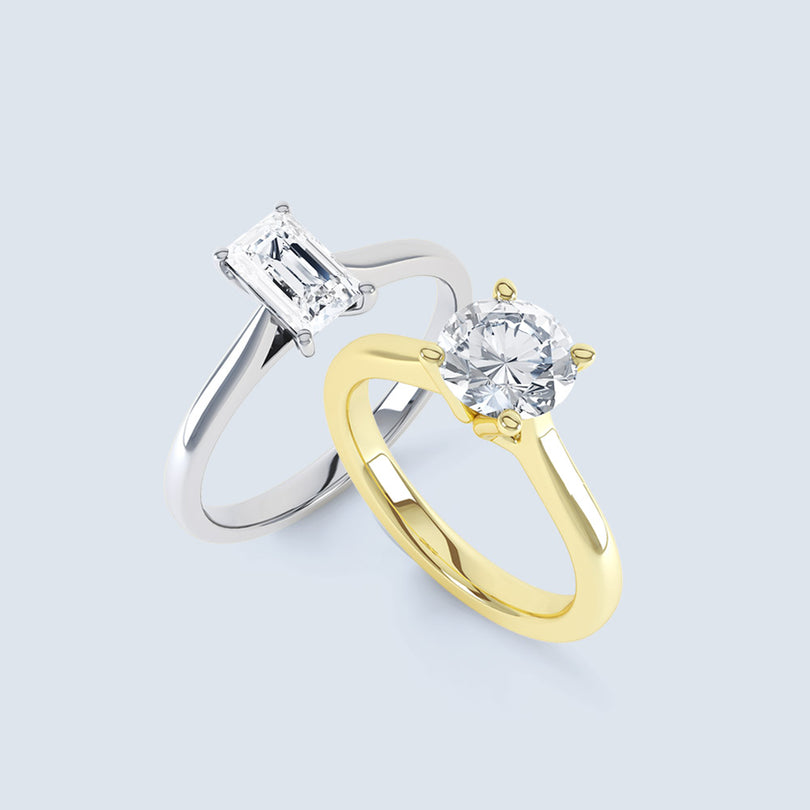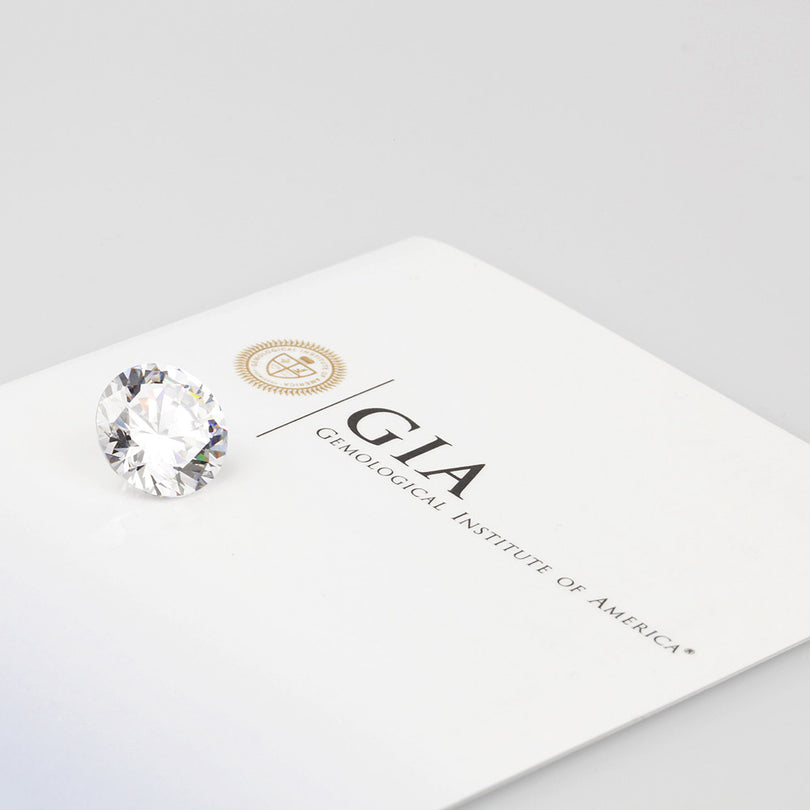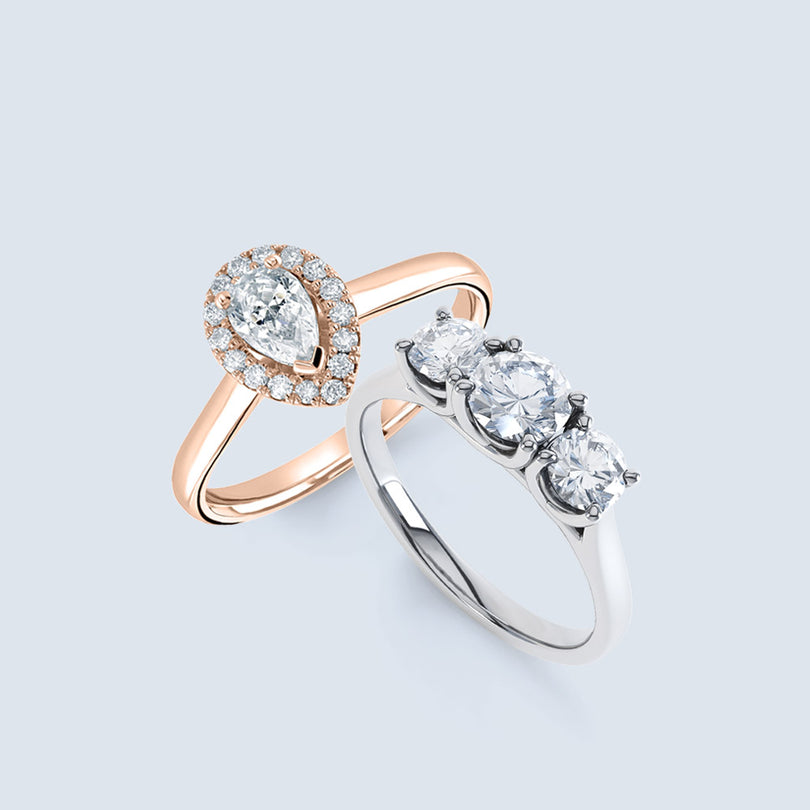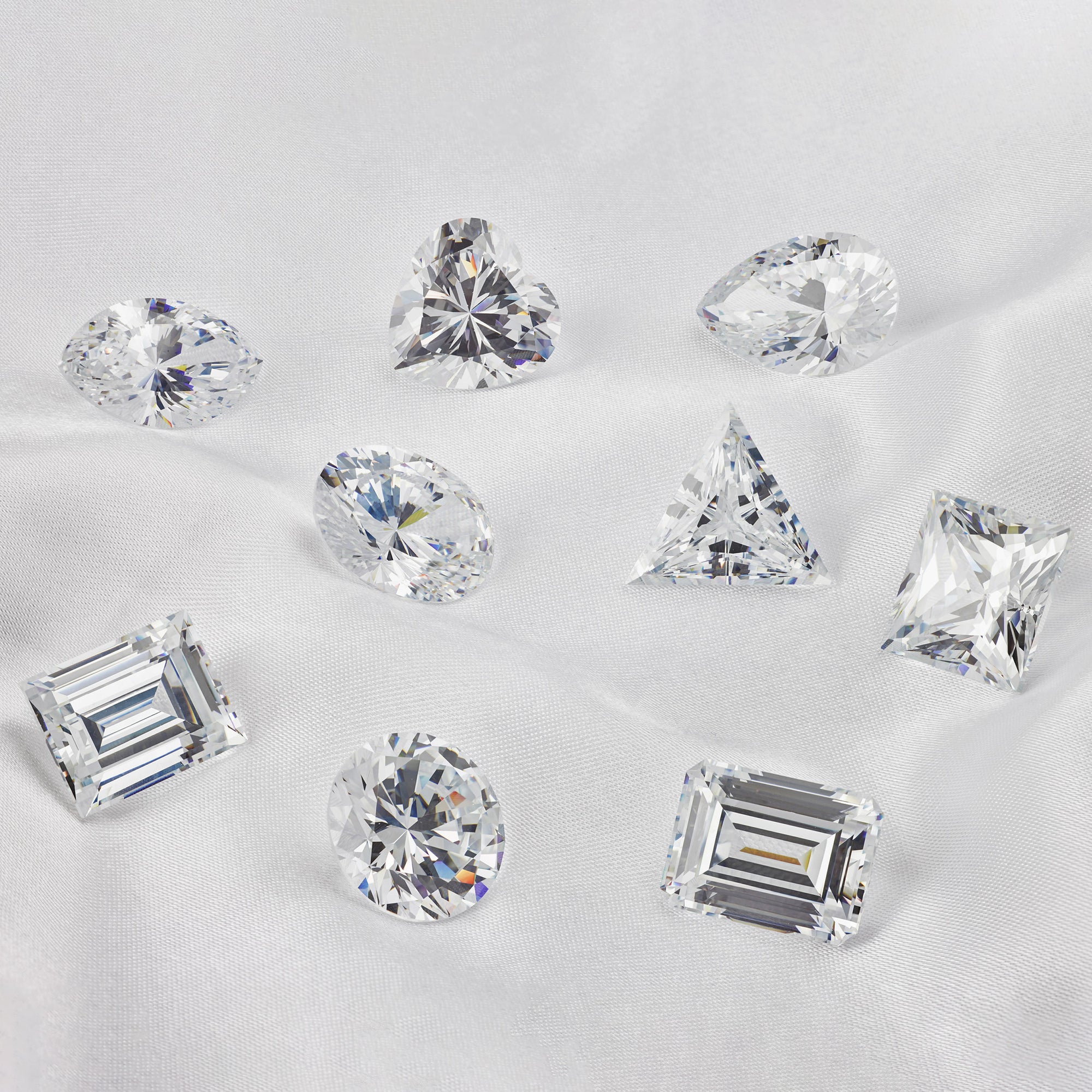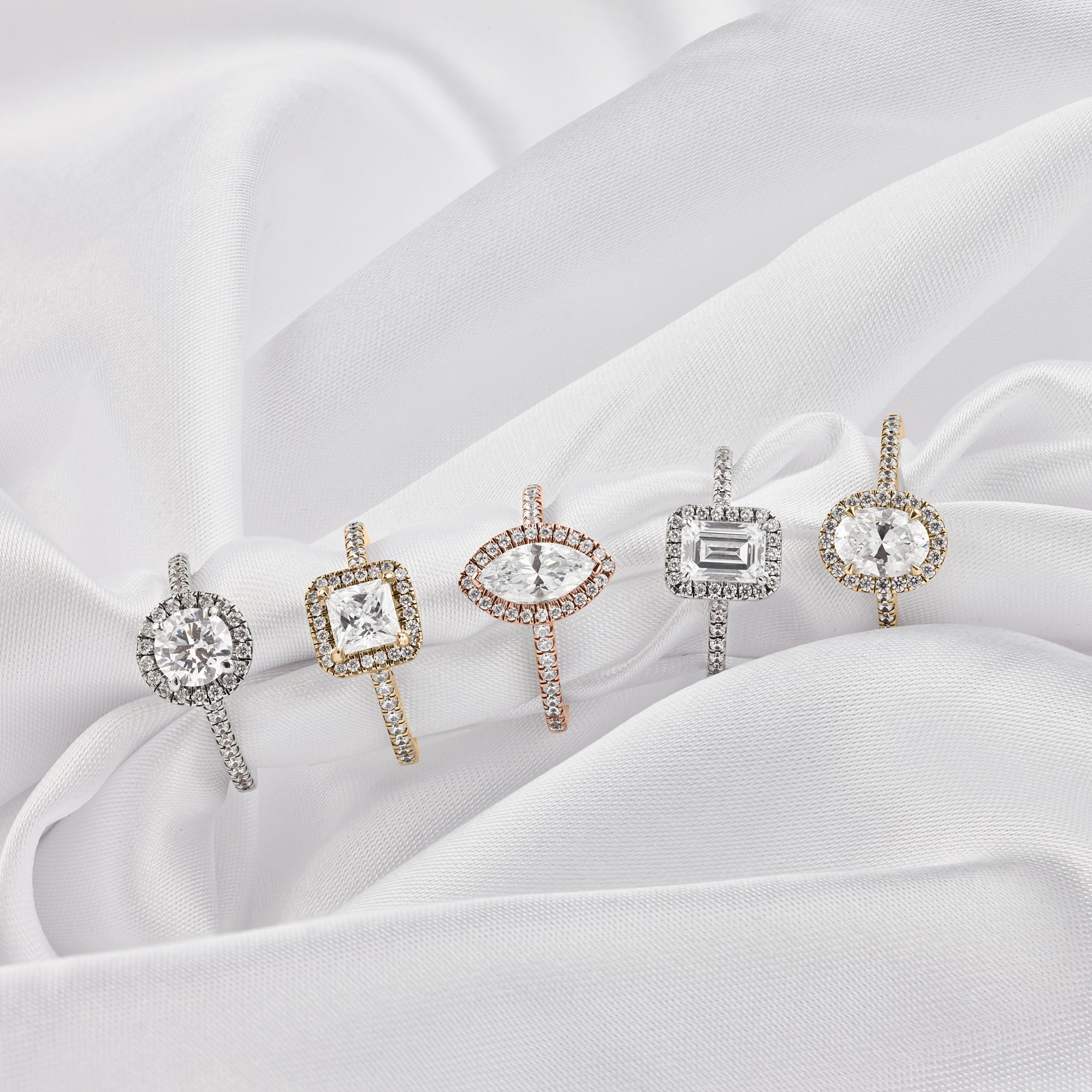What are the 4C's of a Diamond?
Every naturally formed diamond is unique and interesting in its own way, with distinguishing features and characteristics that make them stand out. The 4C’s, labelled as Colour, Clarity, Cut and Carat Weight, are the internationally accepted standards for assessing the quality of a diamond set by the Global Institute of Diamonds GIA.
Diamond Carat
Contrary to belief, a diamond’s Carat weight is measured by its actual weight, not by its size. Many assume that the bigger the diamond is, the more value it has. However, there are many other factors that determine the cost of a Diamond. Different shaped diamonds have varying carat weights. The diagram below illustrates the varying sizes of a round diamond from 0.1ct to 2.0ct. Here at RR Jewellers, we take pride in the quality of our diamonds and ensure that each stone is cut to ensure maximum beauty and lustre over its physical size.

Diamond Clarity
Diamond clarity is the quality related to the existence and visual appearance of a diamond’s internal characteristics which are called inclusions, and surface defects called blemishes. If you are looking to invest in a diamond ring or a pair of earrings, it is important to know why the price points change depending on the different types of diamond clarity.

Diamond Colour
When diamonds are formed naturally, they absorb natural gases such as Nitrogen, which when reflected in the diamond, can take on a yellow hue to the naked eye. Diamonds are graded in relationship to their natural colour from D through to Z, with D being a white colourless diamond and Z being a slightly yellow stone. This grade has been set and approved by the Gemological Institute of America GIA.

Cut
Diamond cut refers to the specific proportions of a diamond. These proportions include the facets and cuts that are made to a rough diamond, to turn it into its desired shape. For example, a Round Brilliant cut or Princess Cut. What is important, though, is how these cuts and facets allow the reflection and refraction of light. This essentially means the light bouncing off or light passing through the stone, and how this interacts with your eye.
To create the “fire”, often associated with a diamond's sparkle, is the difference between how much light passes through the diamond and how much light bounces off of the surface and into your eye. If the cut proportions are ideal, then more light will reflect back through the stone. (As shown in the Very Good and Excellent Cuts displayed below.) If the proportions are not good, then more light will pass through the stone and therefore, creating a poor or fair light array to the naked eye.


